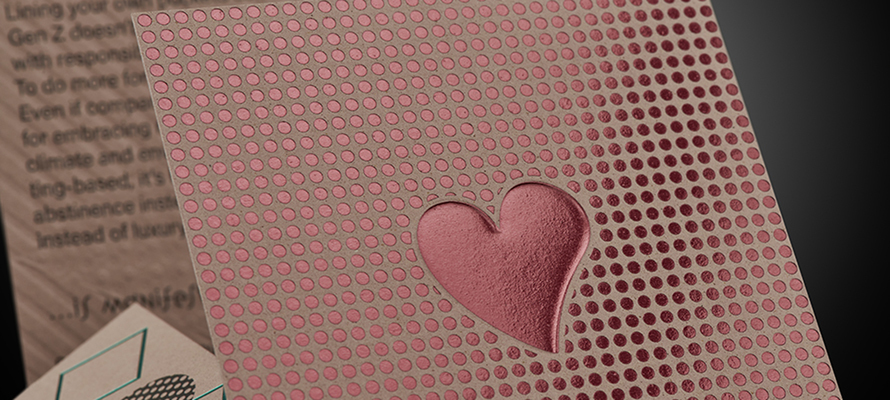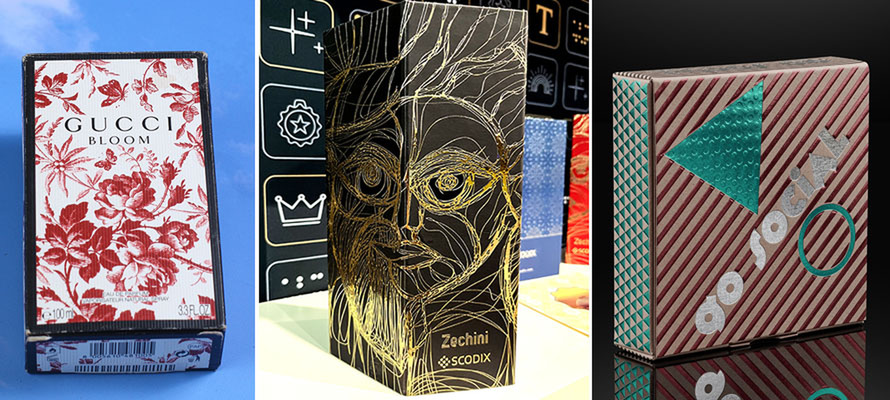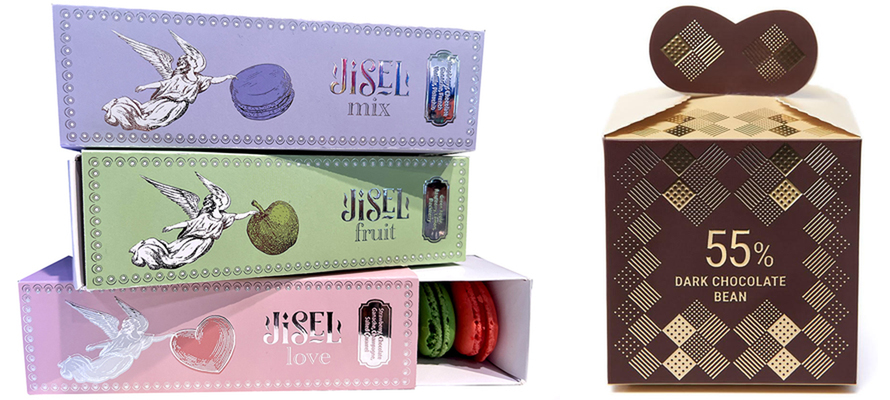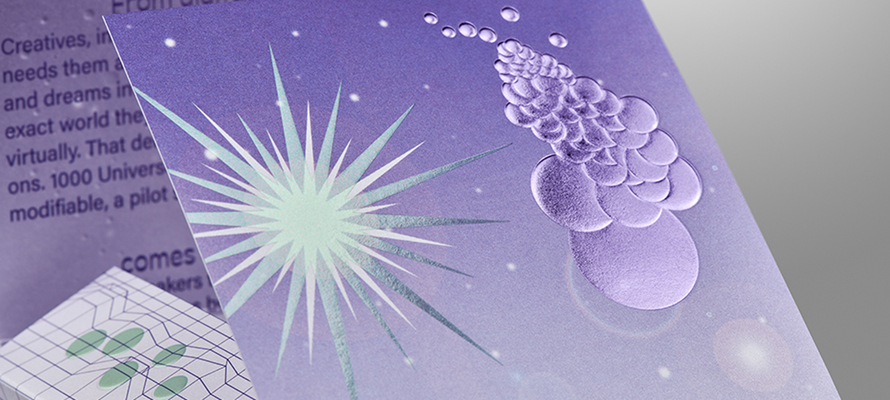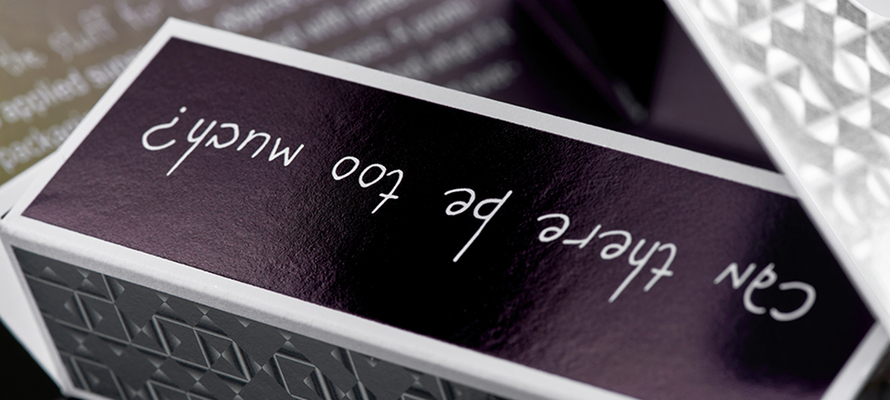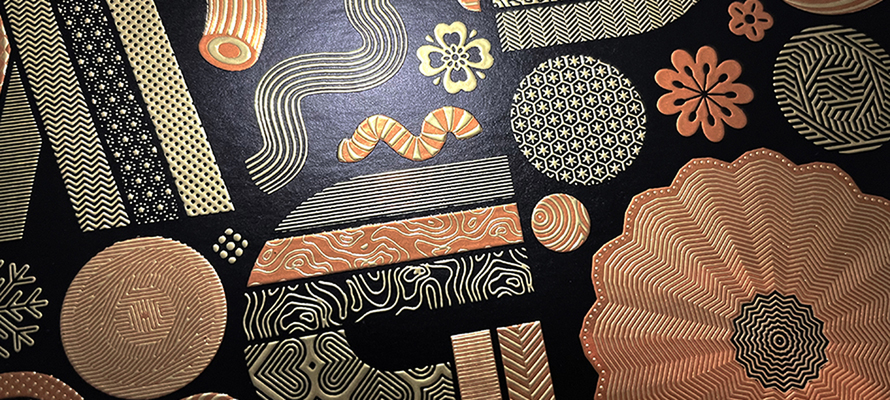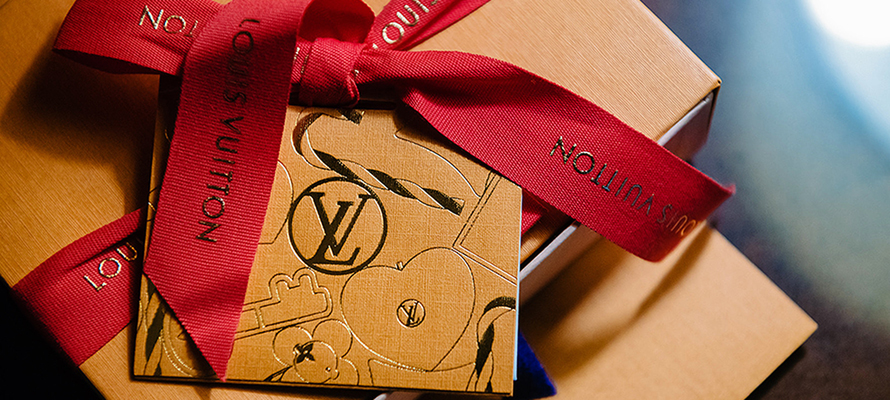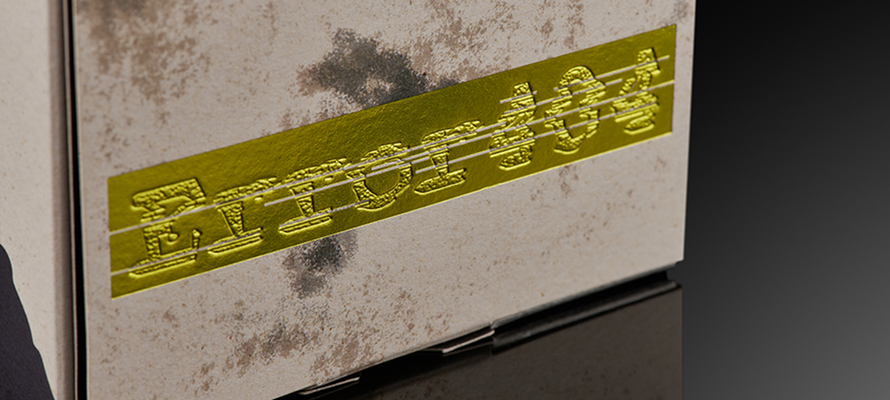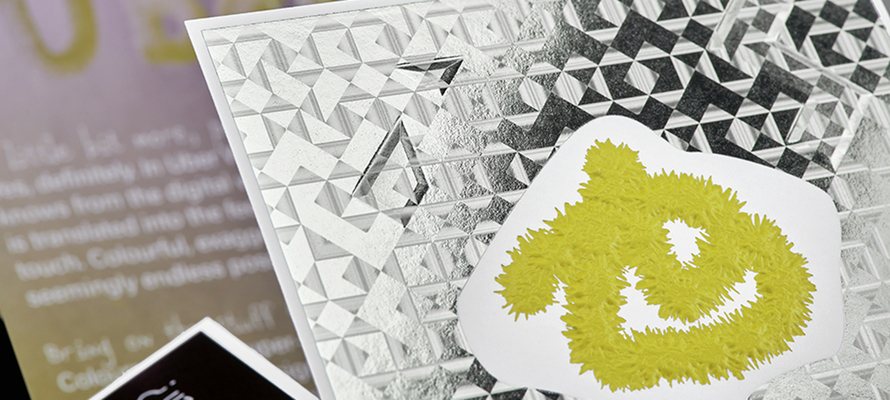Elevating Luxury Packaging: Trends in Design, Technology, and Sustainability
Every product has a package. Some come in brown kraft boxes, but the most exciting and intriguing are those that envelope the product with a beautiful design. When the packaging includes foils, varnishes, textures, interactive elements, and unique sensations, interacting with it becomes more engaging and memorable.
Pat McGrew
McGrewGroup, Inc.
In today's competitive market, engagement is crucial for brand owners in all segments, whether the product is perfume, pendants, platform sandals, or pasta.
The best news for brand marketers is that technology regularly brings new options. Formats, finishes, and materials are expanding, so this is the perfect time to evaluate new approaches.
Formats to Add to Your Toolkit
One trend already visible in the market is the shift towards more innovative and interactive formats that bring multi-sensory experiences. Elegance is essential in luxury design, but so is simplicity. Finding the balance has more to do with the brand culture than available technology, but consider adding the interaction options of embedded QR codes to send customers to videos or landing pages to create an immersive brand experience. NFC (Near Field Communication) and RFID (Radio Frequency Identification) tags rely on phones with the technology enabled to establish an interactive engagement. These technologies take some work to plan and program, but they deliver experiences that can be integrated with multi-media campaigns that promote the brand.
Interactive technologies improve the consumer experience and provide authenticity verification, which is crucial in the luxury market. The best practice is to embrace functional designs that emphasize the product's premium nature and create an intriguing experience. But remember that functional does not mean minimalist. Leverage the power of folds, creases, flaps, and structure, and once the format is settled, search for options to create something unique.
Use Shine, Shimmer, and Texture
There are so many things that great design brings to a luxury package. Every color choice and design element tells a story. Embellishing those elements takes it to a new level. Foil stamping, embossing, micro-embossing, and metallic finishes add a tactile and visual richness to the packaging and convey a sense of exclusivity and high value.
Many traditional methods of embellishing required preparation and execution that added long lead times to prepare and test. The prevailing wisdom has been that it takes large budgets and long runs to make embellishment pay off for a brand. Today, however, there are options to add the luxury touches using digital solutions that can be a viable option for even the shortest runs.
Start with the basics and consider the value of spot varnishes to call out design elements. Gloss and matte varnishes can be delivered with analog and digital processes to create a polished look to packaging elements. Some designers like to call out the brand, logo, or product name, but sometimes, using spot varnish to call out product images or other design elements brings as much intrigue.
Digital embossing, or UV or raised digital varnishing, is another popular option that adds texture and a three-dimensional effect by applying a transparent polymer to specific areas. The result is a raised effect that can be felt and seen, providing an enhanced tactile and visual experience. Digital embossing allows for precise application, meaning it can highlight specific design elements such as logos, text, or graphical details, adding a layer of sophistication and luxury. Unlike traditional embossing, it does not require the creation of dies or molds, making it more cost-effective and accessible for short runs and custom designs. This flexibility and efficiency make it a favored choice for adding a premium touch. The newer generations of embellishment equipment can emboss even the finest lines to add texture to design elements and text.
Digital foiling, or digital foil stamping, applies metallic or pigmented foil using digital printing technology rather than traditional hot stamping processes. This method involves a specialized device that applies a thin layer of foil film to specific areas of the print material using heat, pressure, or adhesives triggered by digital files. In addition to foil, some devices support other types of films, like those that add textures and holographic effects. The digital approach allows for precise and customizable applications without the need for dies, typically required in conventional foiling.
Consider Sustainable Materials
Sustainability is the word for 2024, and it applies to luxury brands, too. Packaging materials have been on a journey toward more post-recycled content and other eco-friendly approaches. The packaging producers have been keeping up with the trends, building options for analog and digital production of folding cartons and rigid packaging. For brand owners that means finding materials that are not only premium but also sustainable and recyclable is easier than ever. Most producers can point to materials with a lower environmental impact and the ability to maintain the high-quality look and feel expected of luxury packaging.
The Benchmark for Luxury
If imitation is the hallmark of flattery, take inspiration from some of the biggest global luxury brands who weave embellishment into their packaging story. Look at how they use subtle and overt embellishment to establish their brand presence. When you have the opportunity, touch the packaging and think about how it makes you feel.
To give you some ideas, consider Louis Vuitton. Known for its Imperial Saffron packaging collection, Louis Vuitton combines a distinctive saffron shade with blue ribbons, symbolizing luxury and the golden age of travel. The packaging uses thicker paper and cotton ribbon handles designed for easy storage during travel, emphasizing sustainability with materials chosen to reflect the brand's luxurious and timeless appeal. The foil embellishment on the card adds elegance to the brand representation.
Gucci is another luxury brand that employs its packaging and embellishment strategies as crucial components to enhance and elevate the brand experience for its customers. They start with premium materials, including heavy, high-quality paper and cardstock, luxurious fabrics, and sturdy boxes. These materials protect the product and provide a tactile sensation of luxury. Embellishments such as gold foil stamping, embossed logos, and detailed artwork on the packaging beautify the presentation and create a sense of exclusivity and opulence.
In recent years, Gucci has moved towards more sustainable packaging solutions, including using recyclable materials and reducing packaging sizes to minimize waste. These efforts align with a growing consumer desire for environmentally responsible choices, adding to the brand's prestige.
These trends shape the future of luxury goods packaging by merging aesthetics with functionality and sustainability. The market continues to evolve; they will likely play a significant role in how luxury brands differentiate and appeal to the environmentally conscious, tech-savvy luxury consumer.
If you have the most remarkable print sample among the work you have commissioned or produced, let me know. I am always looking! Reach out to me and I'll be delighted to tell your story!
